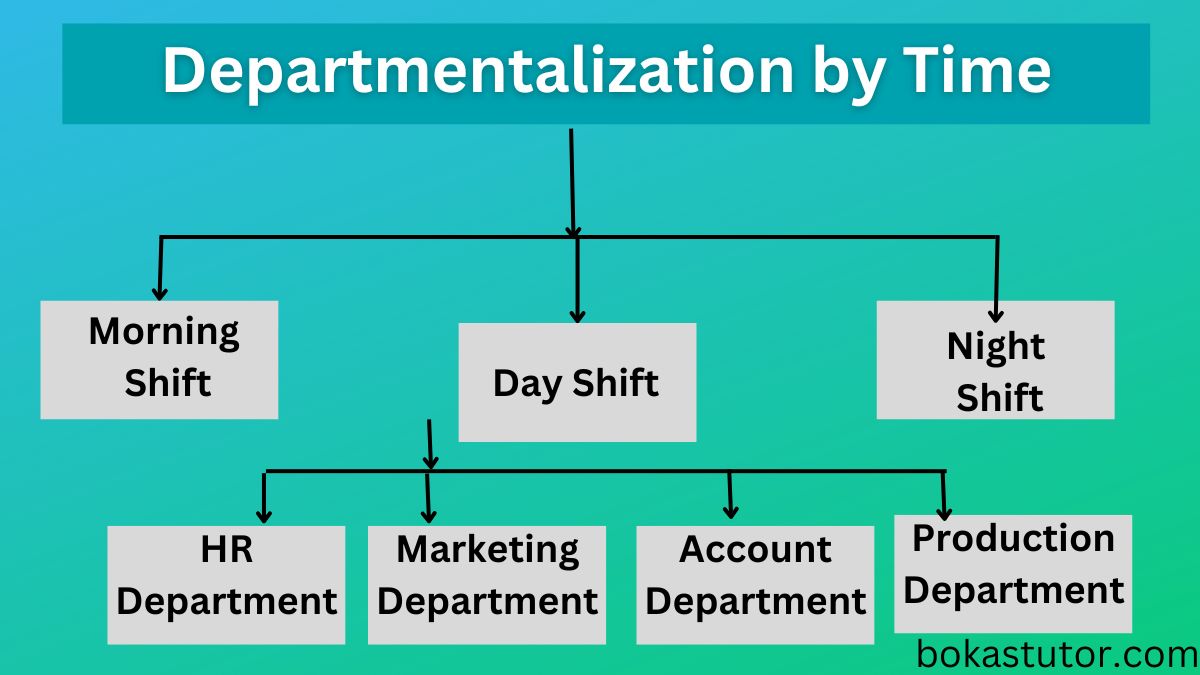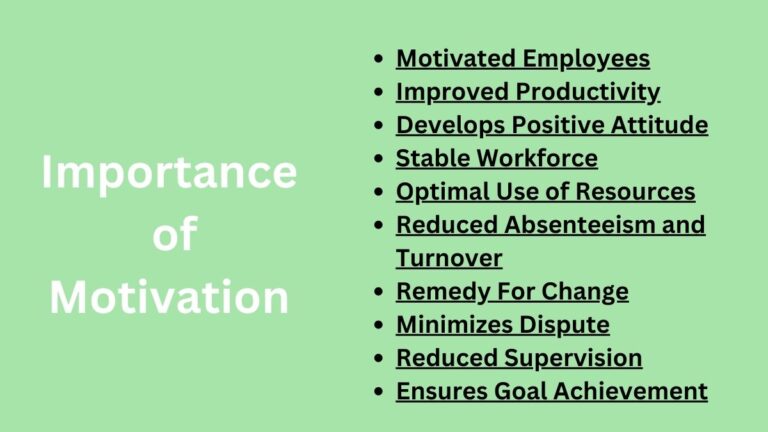What is Time Departmentalization? Definition, Advantages, and Disadvantages
What is Departmentalization by Time?
Departmentalization by time is an organizational structure-creating method in which departments are created on the basis of time to perform the activities. Usually, the departments are created on time to work as day shift, morning shift, evening shift, night shift, and so on.
According to the shift, a separate department is created and a departmental manager is assigned to control and coordinate the activities of the concerned shift. Departments carry out the same functions in different shifts independently.
Under each such shift department, functional units (marketing, production, sales, R&D, account, etc.) come to carry out the activities effectively and efficiently.
This departmentation method is common in organizations that work 24 hours a day such as Hotels, Hospitals, Airports, telecommunication companies, and other public utility organizations.
This process ensures flexibility in employees’ working time and they can easily choose the shift in which they want to work. It is equally beneficial to employees and customers as they can get benefits from the organization at the time they want.
Advantages and Disadvantages of Departmentalization by Time
Related: Departmentalization by Geography
Following are the main pros and cons of time departmentation.
Advantages:
- Employee Satisfaction – Time departmentation lets employees choose the working shift as per their needs. It increases the satisfaction of employees as their work to be done is managed as per their needs and interests.
- Customer Satisfaction – Time departmentalization is also a means to achieve greater customer satisfaction. Since it enables customers to take benefits of organizations at any time they can take advantage of it as they want and get satisfied.
- Ensures Flexibility – This method is a flexible method of departmentalization. So, organizations can change the authority-responsibility relationship according to the needs of the organization and environmental change.
- Greater Performance – It follows the principle of division of work. It ensures the maximum use of resources, and the production capacity is increased within limited resources.
Disadvantages:
- Coordination Problem – One of the main disadvantages of time departmentalization is that it is very challenging to manage effective coordination between various shifts or departments.
- The possibility of making duplication of efforts and resources across divisions and departments remains high.
- The chances of shifting the responsibility from one department to another department remain high.
- Interdepartmental communication becomes less effective.
Read Next: Process Departmentalization
Sajan Kushmi is a content writer with more than 4 years of experience. He holds BIM Degree. He write on the topics related to Management, Marketing, and Entrepreneurship.






